In the past fifty years, human activities have led to the extinction of numerous animal species. From the Yangtze River dolphin to the Spix’s Macaw, these creatures once thrived in diverse ecosystems across the globe.
Each extinction not only marks the loss of a species but also highlights the urgent need for stronger conservation efforts. This article explores animals that have tragically disappeared, serving as a reminder of the impact humans have on wildlife.
Western Black Rhinoceros
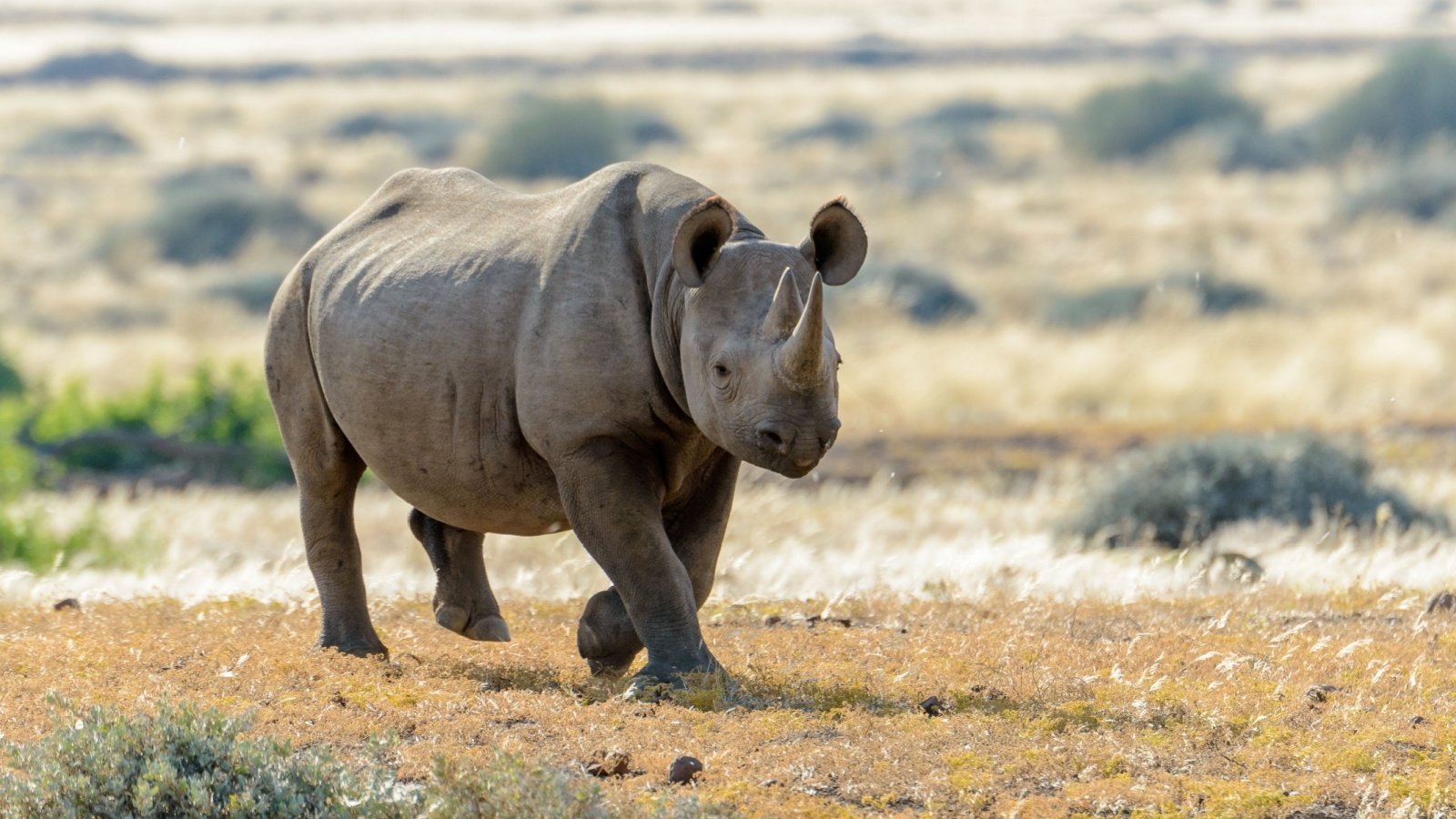
Declared extinct by the IUCN in 2011, the Western Black Rhinoceros once roamed the savannas of western Africa. Conservation efforts were too late to save this subspecies, highlighting the urgent need for protective measures. Poaching for their valuable horns and habitat fragmentation were the primary causes of their extinction.
Baiji Dolphin

Known as the Yangtze River dolphin, The Baiji was declared functionally extinct in 2006. Despite extensive searches, no confirmed sightings have been reported, marking a tragic loss of marine biodiversity. Industrialization, overfishing, and pollution in the Yangtze River contributed to its demise.
Pinta Island Tortoise

Signaling the end of the species, the last known Pinta Island tortoise, Lonesome George, died in 2012. Despite efforts to find a mate for George, the species could not be revived. Native to the Galápagos Islands, this tortoise faced threats from introduced species and habitat loss.
Golden Toad
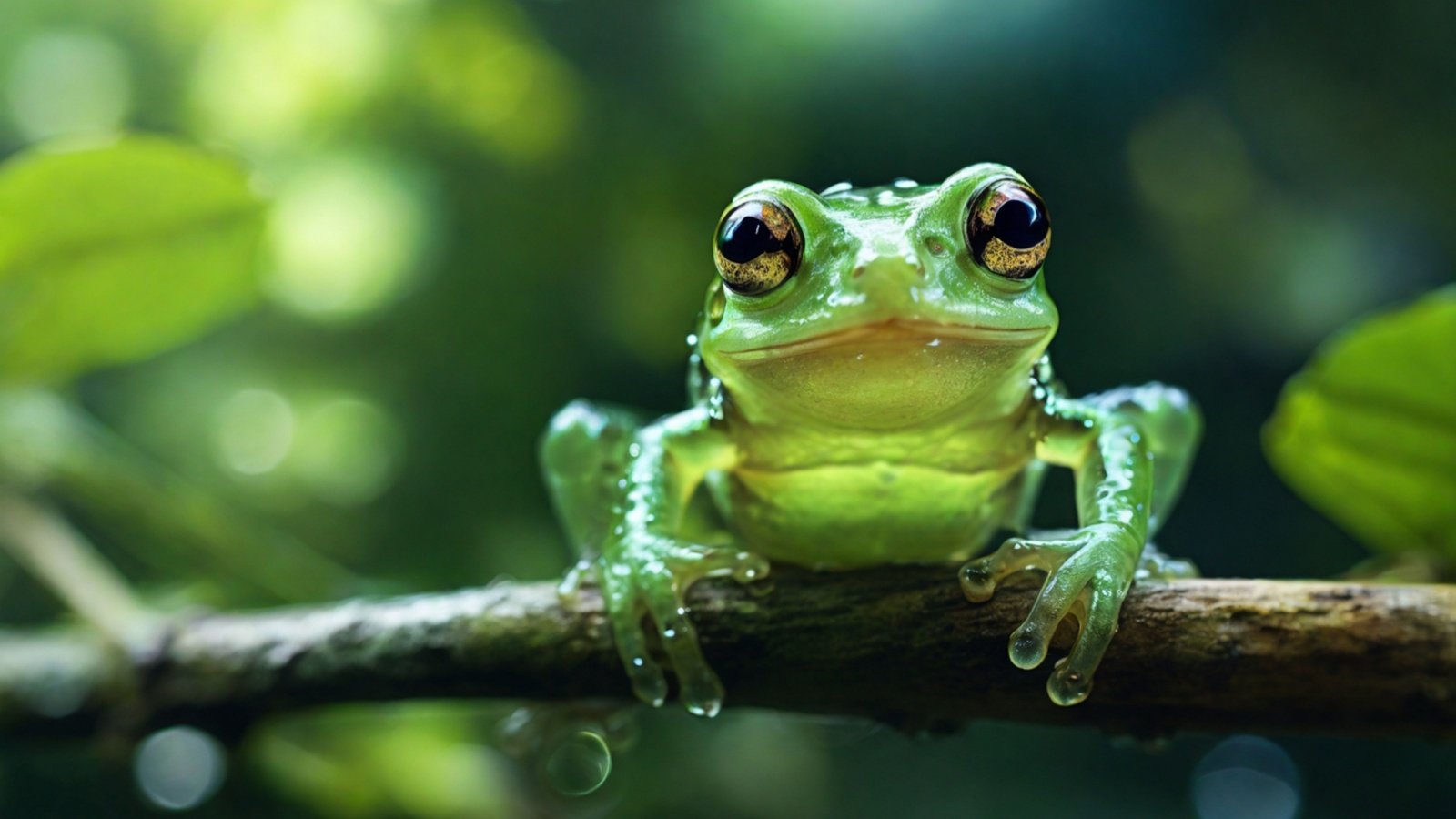
Last seen in 1988, the Golden Toad of Costa Rica was declared extinct in 1994. Climate change and habitat loss contributed to the decline of this brightly colored amphibian. Its disappearance is a stark reminder of the fragility of tropical ecosystems.
Spix’s Macaw
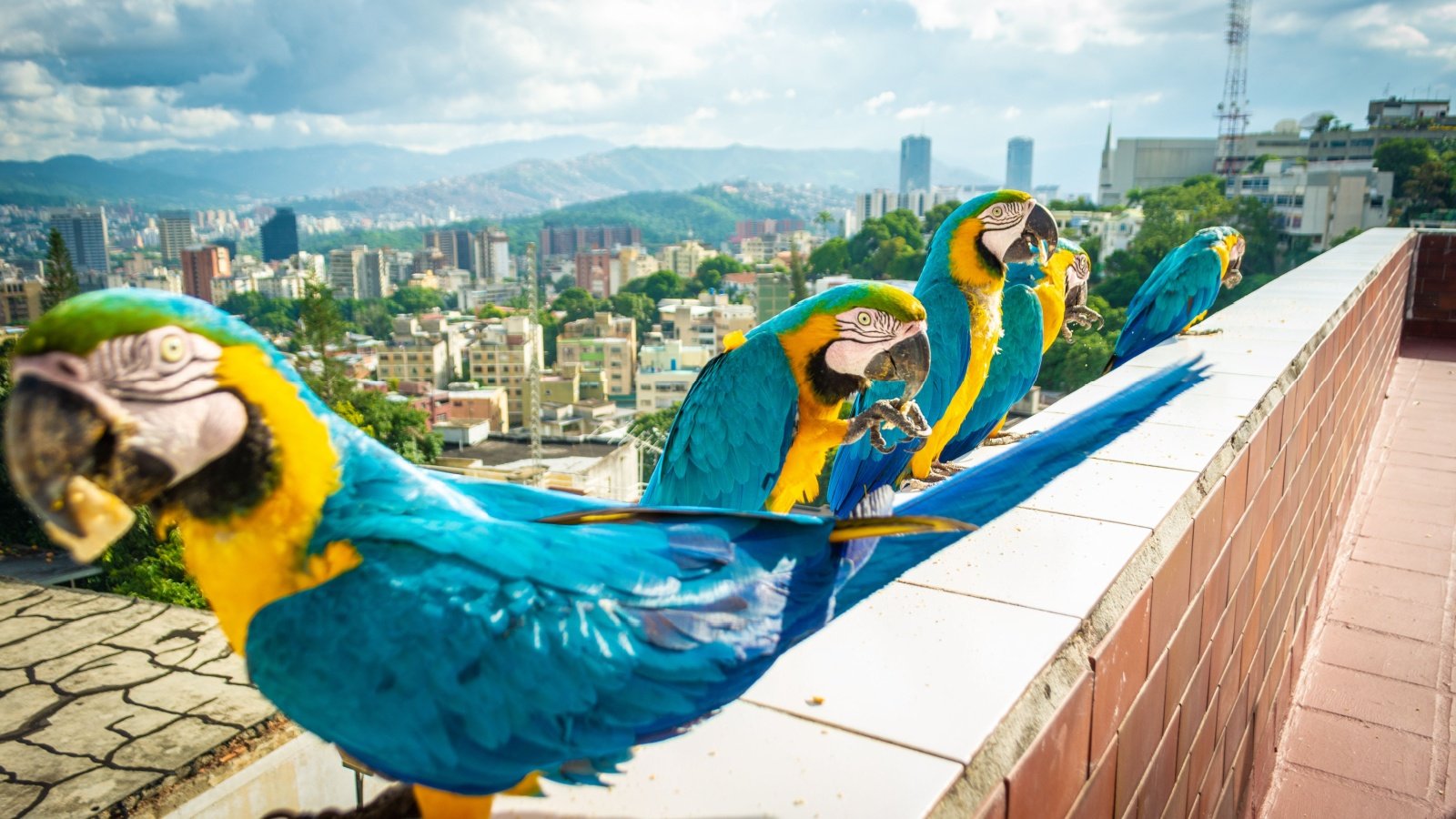
Famous for its stunning blue feathers, the Spix’s Macaw was declared extinct in the wild in 2000. Although captive breeding programs offer a glimmer of hope for reintroduction efforts in the future, habitat decline and illegal trapping for the pet trade decimated its population.
Formosan Clouded Leopard

Although conservationists continue to search for any remaining individuals in hopes of rediscovery, once native to Taiwan, the Formosan Clouded Leopard was declared extinct in 2013. After decades of unconfirmed sightings, it’s been confirmed that habitat fragmentation and poaching have led to its decline.
Poʻouli

A small bird native to Hawaii, the Poʻouli, was last seen in 2004 and declared extinct in 2019. Habitat loss and avian diseases introduced by humans were significant factors in its extinction. Efforts to locate and breed the remaining individuals were unsuccessful.
Pyrenean Ibex
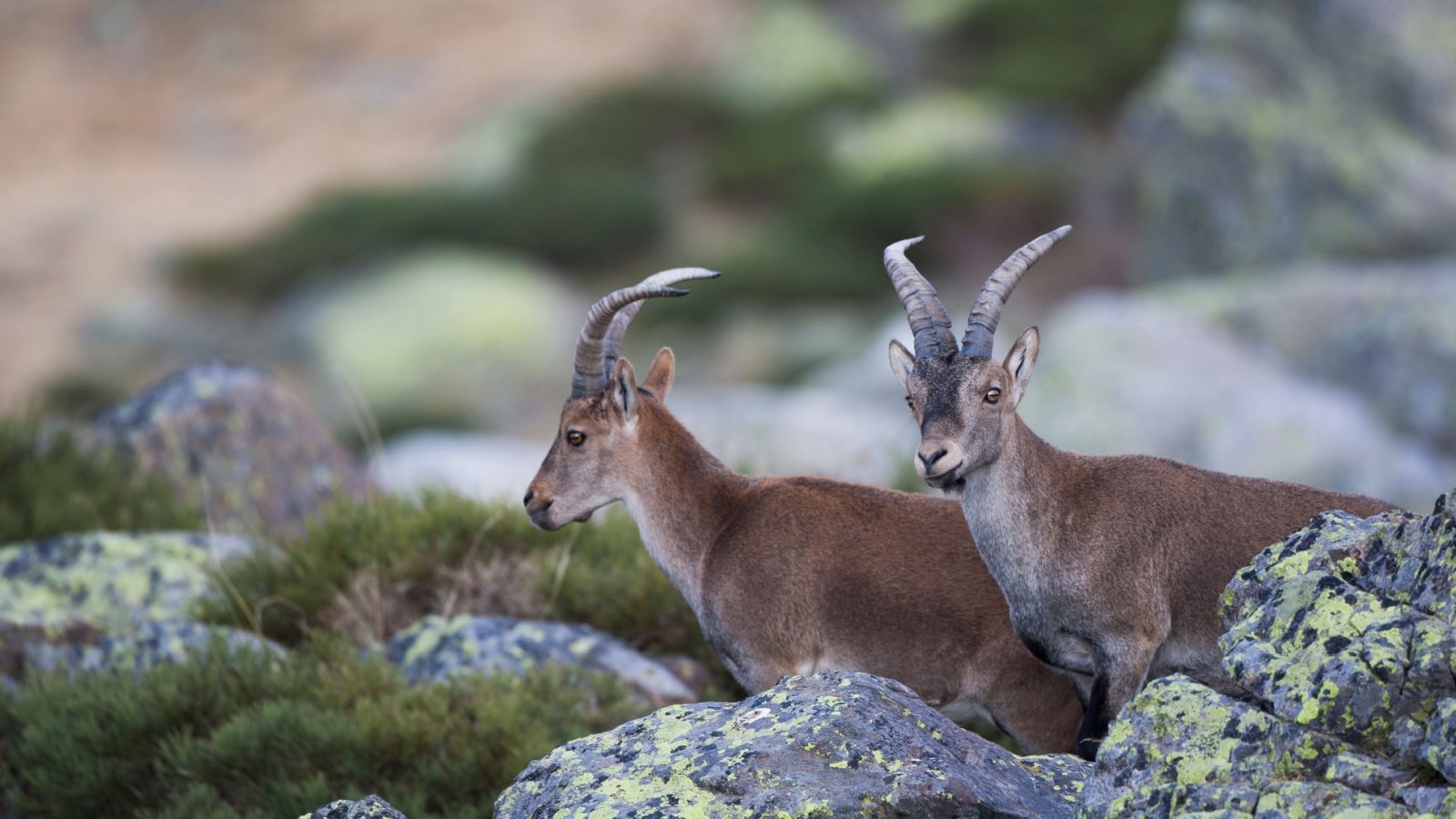
The Pyrenean Ibex, native to the Pyrenees Mountains, was declared extinct in 2000. Habitat fragmentation and hunting were the primary causes of its decline. Despite cloning efforts in 2003, the cloned ibex died shortly after birth.
Tecopa Pupfish
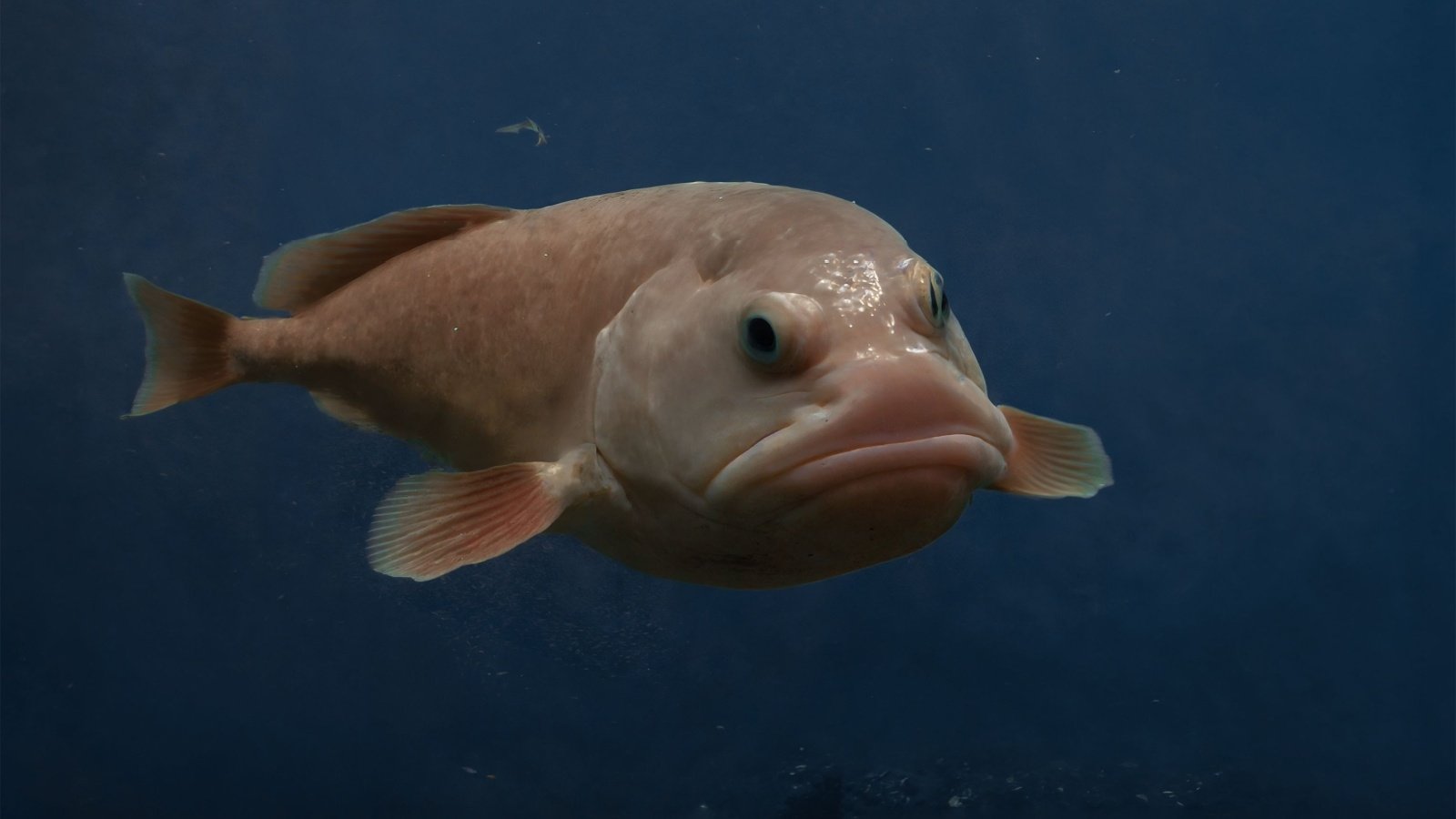
Once found in the hot springs of California’s Mojave Desert, the Tecopa Pupfish was declared extinct in 1981. This tiny fish’s extinction serves as a cautionary tale about the impacts of human activities on delicate ecosystems. Habitat modification for recreational use led to its demise.
Zanzibar Leopard
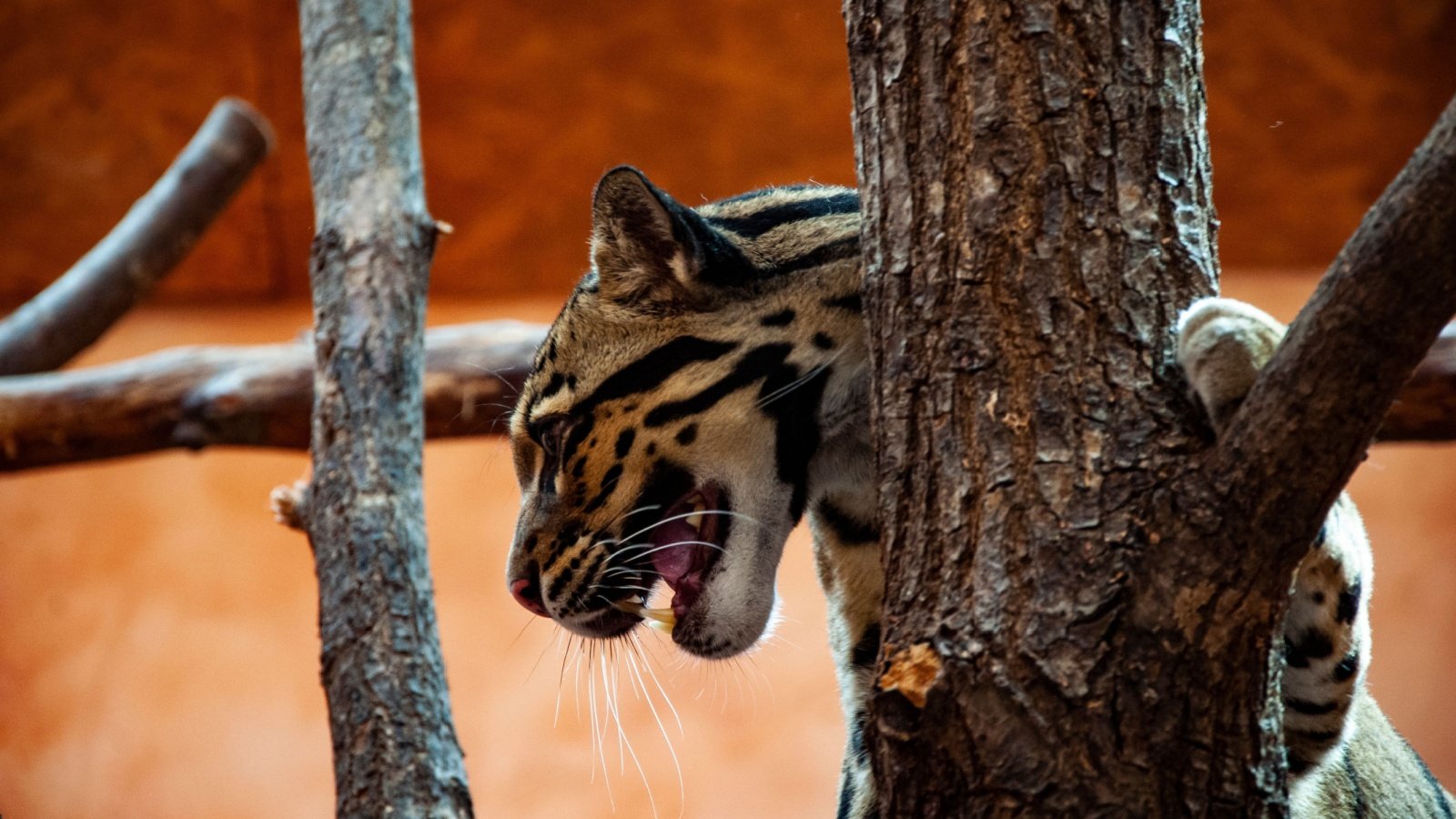
Hunting and habitat loss due to human expansion were significant factors to the extinction in the 1990s of the Zanzibar Leopard. Native to the island of Unguja in Tanzania, occasional but unverified sightings continue to spark hope for its possible survival.
Japanese River Otter
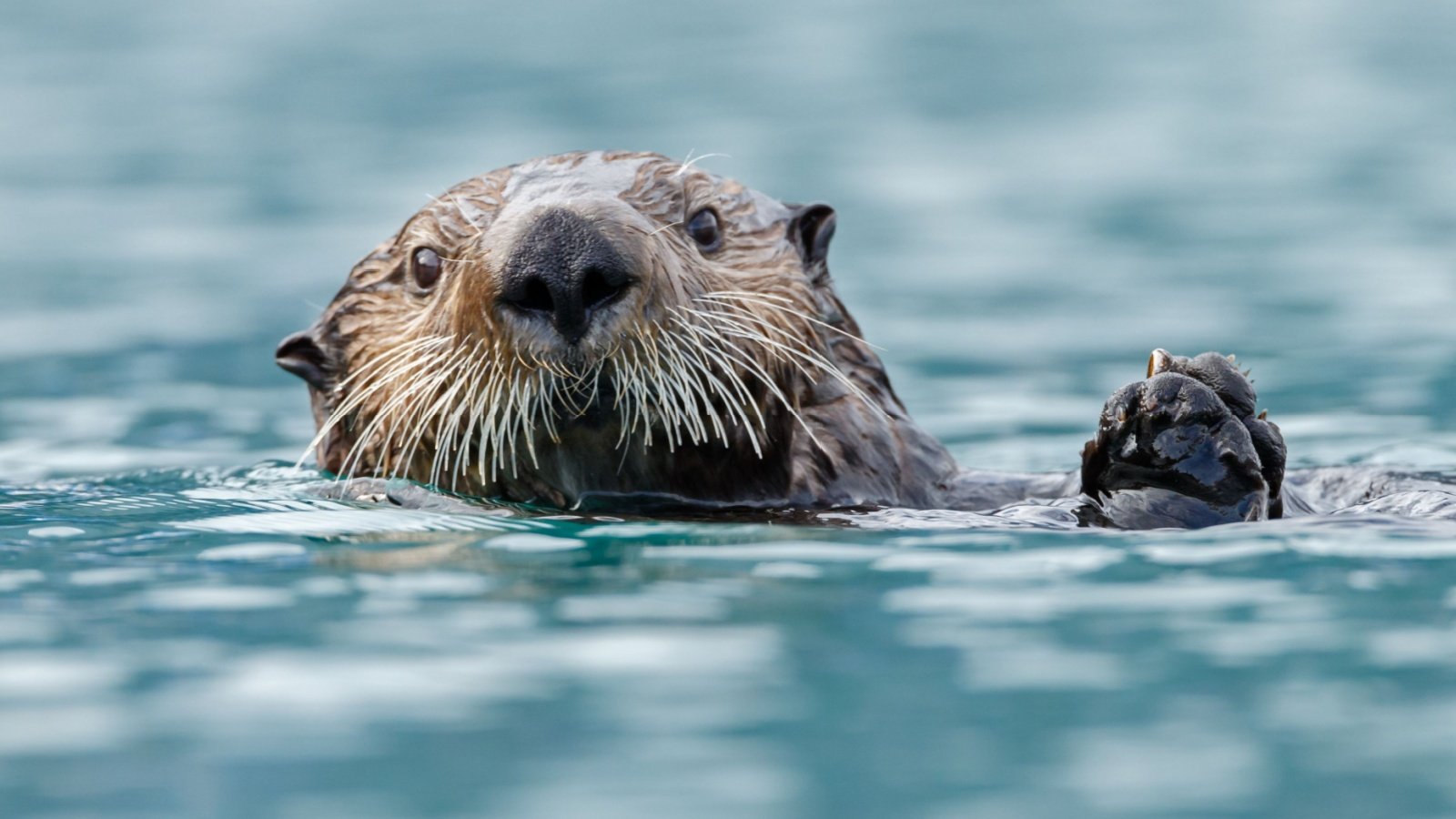
Declared extinct in 2012, the Japanese River Otter, last seen in the 1970s, was once over hunted for their fur. With habitat pollution contributing to their decline, conservation efforts have since focused on protecting remaining otter species in Japan.
Javan Tiger
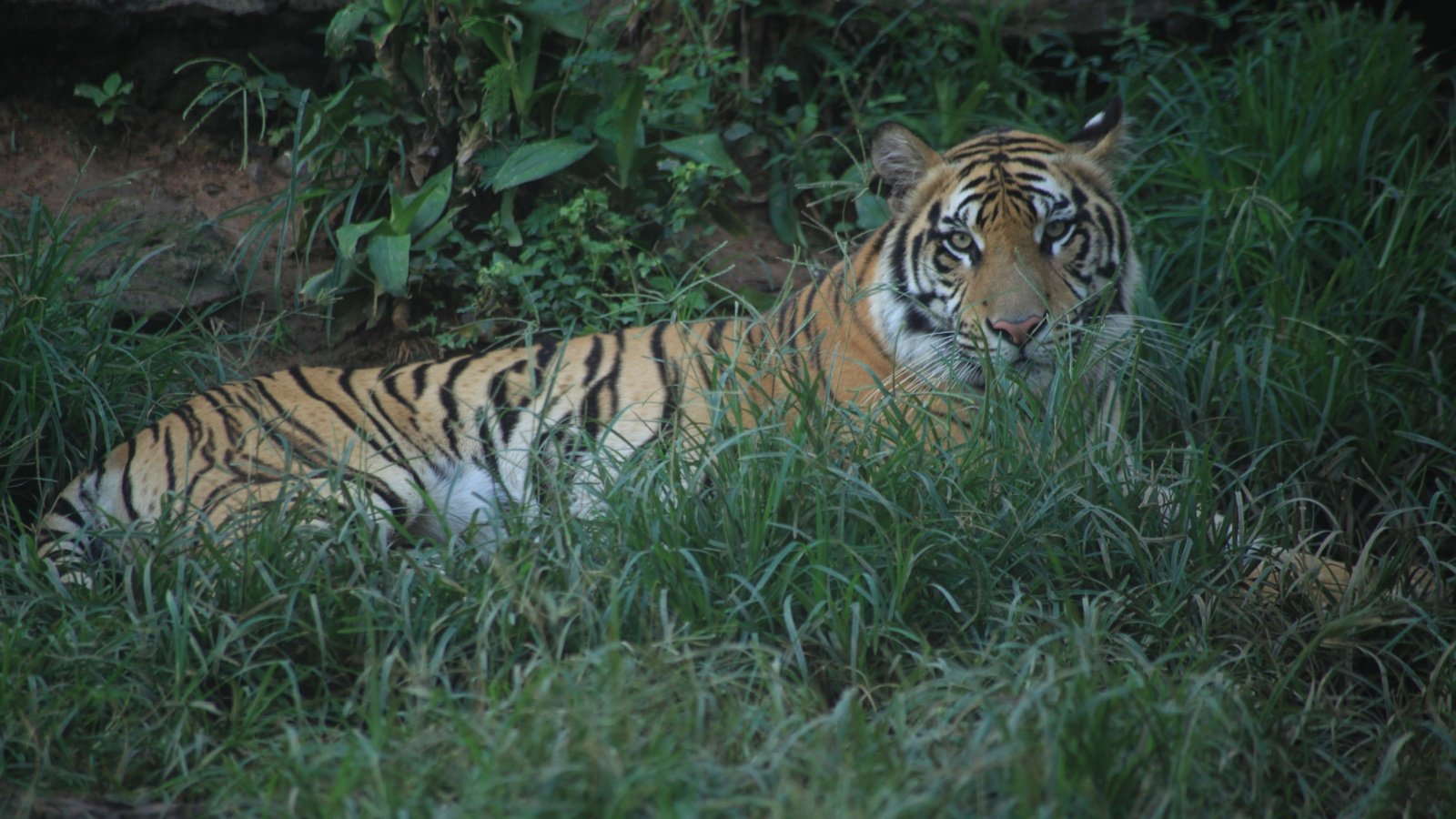
The Javan Tiger was declared extinct in the 1970s, with the last confirmed sighting in 1976. Habitat loss due to agriculture and hunting were the primary causes. This tiger’s extinction underscores the importance of preserving habitats for remaining tiger populations.
Guam Kingfisher

Extinct in the wild since the 1980s, the Guam Kingfisher fell victim to habitat loss and the introduction of the brown tree snake. Efforts are ongoing to restore its natural habitat and control invasive species. Captive breeding programs aim to reintroduce this vibrant bird back to Guam.
Alaotra Grebe
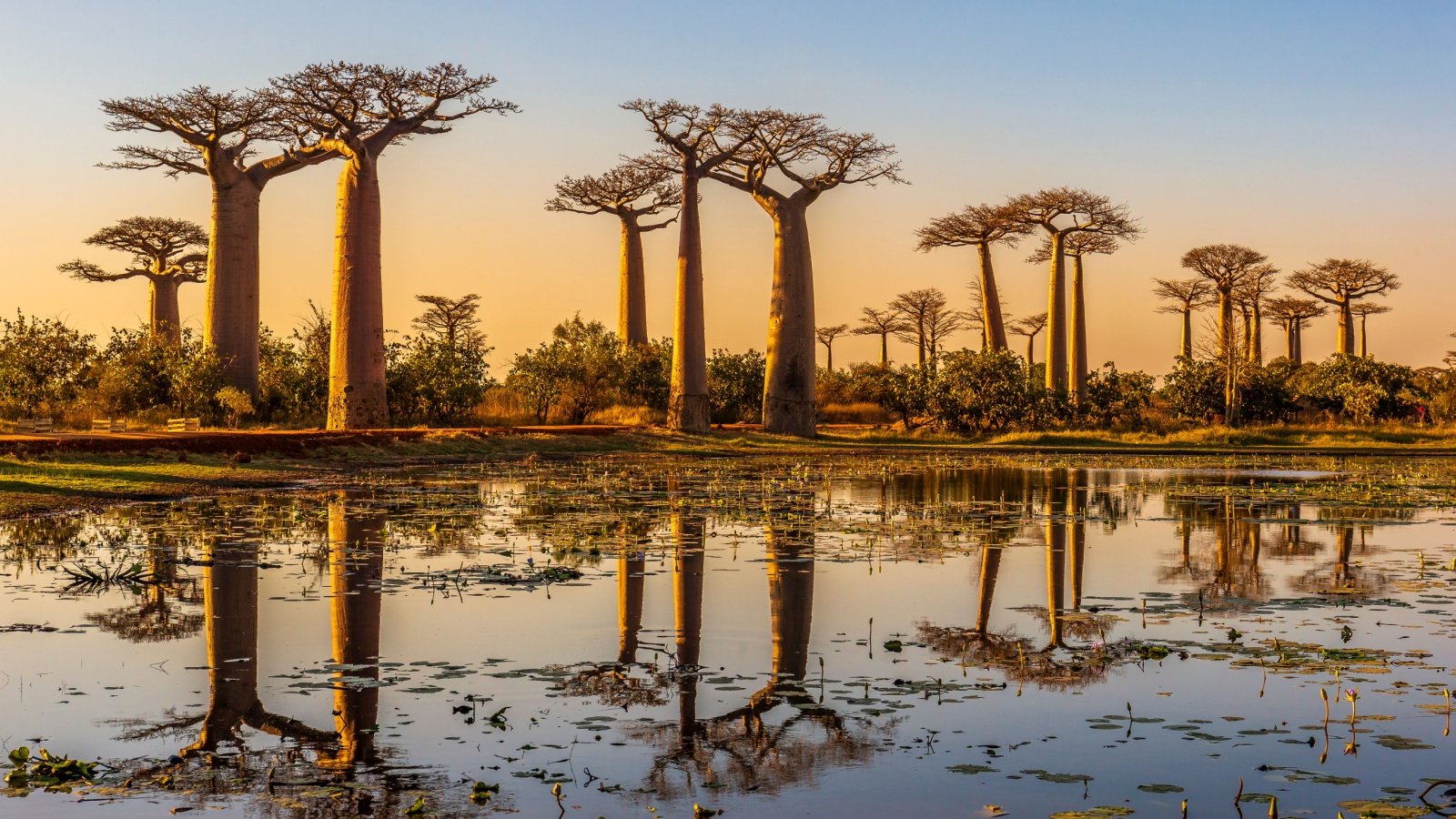
Declared extinct in 2010 the Alaotra Grebe, a bird native to Madagascar, fell victim to habitat destruction and predation. The loss of this bird highlights the urgent need for conservation in Madagascar’s unique ecosystems.
Christmas Island Pipistrelle
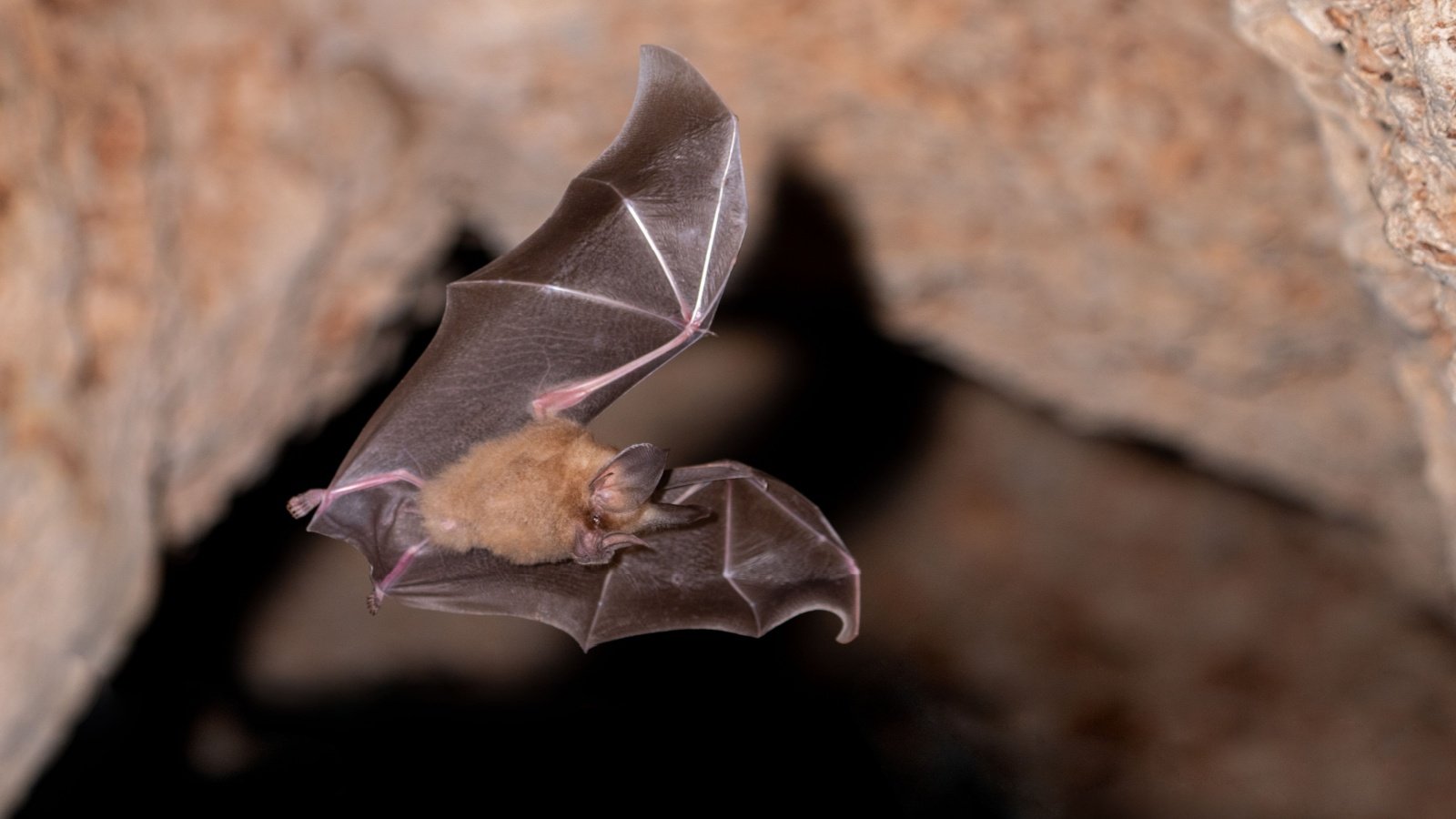
This tiny bat, native to Christmas Island, was last seen in 2009 and declared extinct in 2017. Efforts to save the species came too late, emphasizing the need for early conservation action. Habitat reduction and predation by invasive species led to its decline.
Northern White Rhinoceros
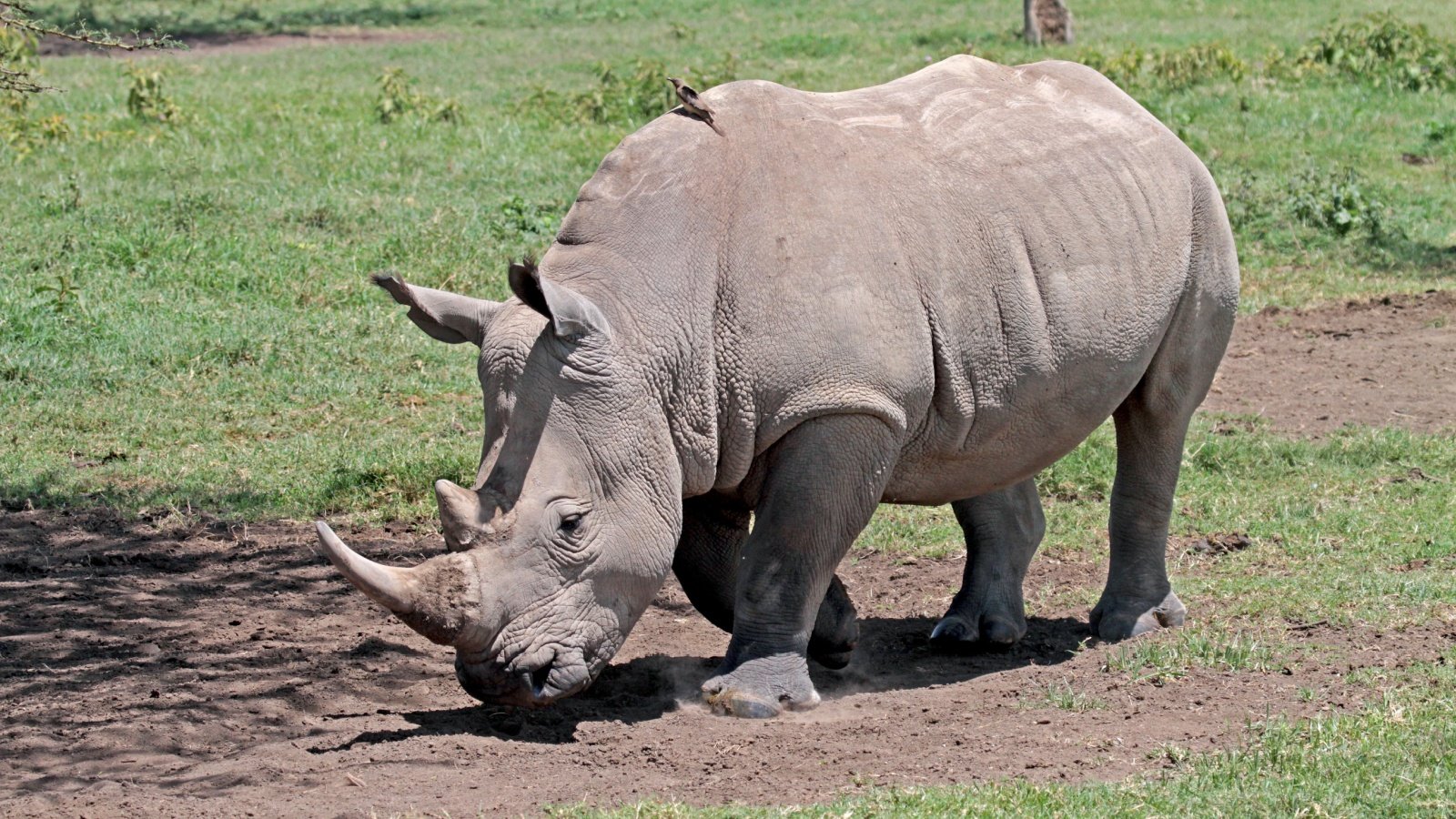
With only two females remaining, the Northern White Rhinoceros is functionally extinct as of 2018. Poaching for their horns was the primary cause of their decline. Attempts to use advanced reproductive technologies are ongoing to try and save this subspecies.
Miss Waldron’s Red Colobus Monkey
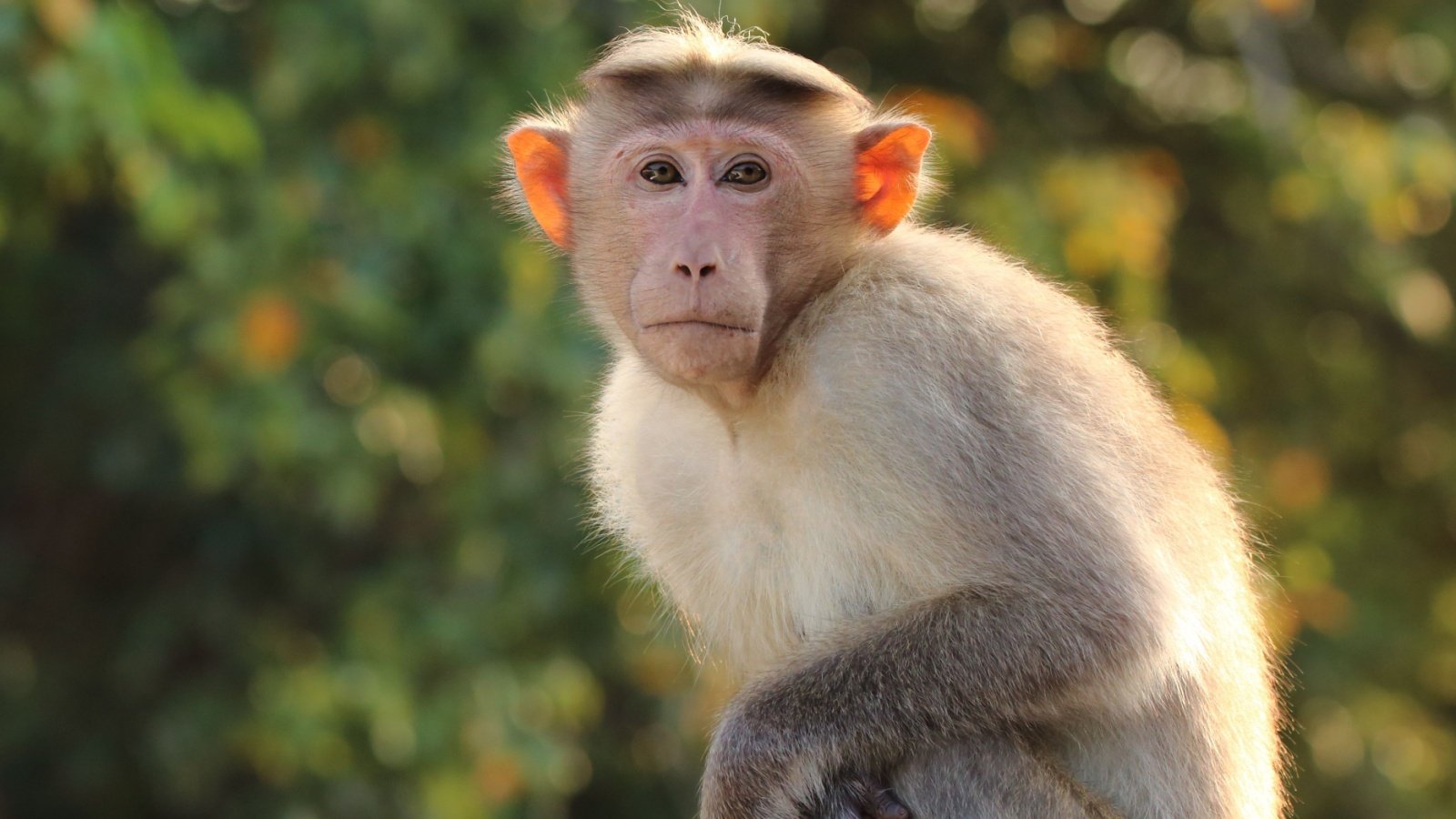
Declared extinct in 2000, Miss Waldron’s Red Colobus Monkey was native to West Africa. Conservationists continue to search for any surviving individuals in remote areas. Deforestation and hunting for bushmeat were significant factors in its extinction.
Pernambuco Pygmy Owl
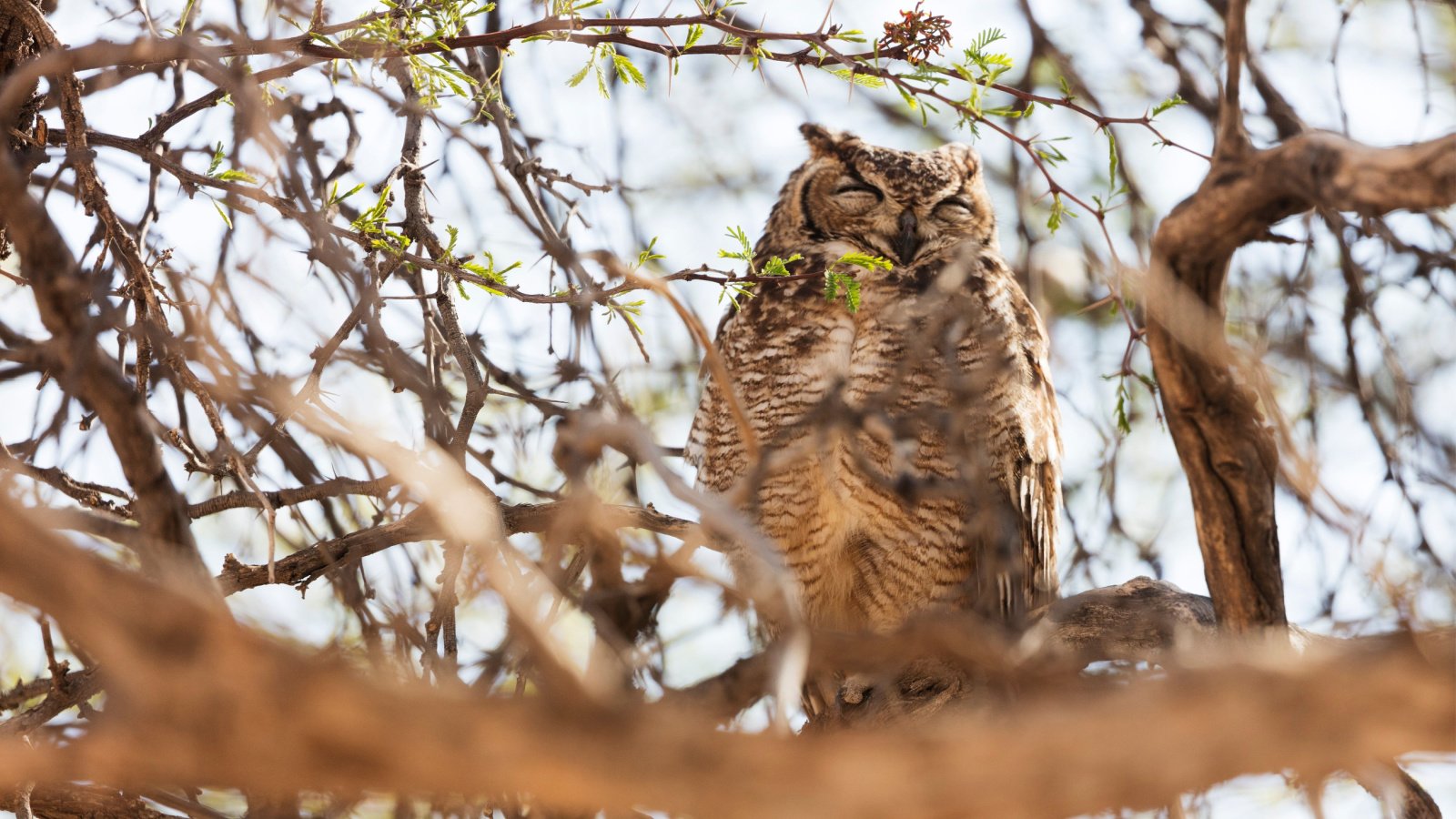
The Pernambuco Pygmy Owl, native to Brazil, was declared extinct in 2014. Efforts to protect remaining habitats in Brazil are critical for preventing further extinctions. Habitat loss due to deforestation was the main cause.
Ivory-Billed Woodpecker
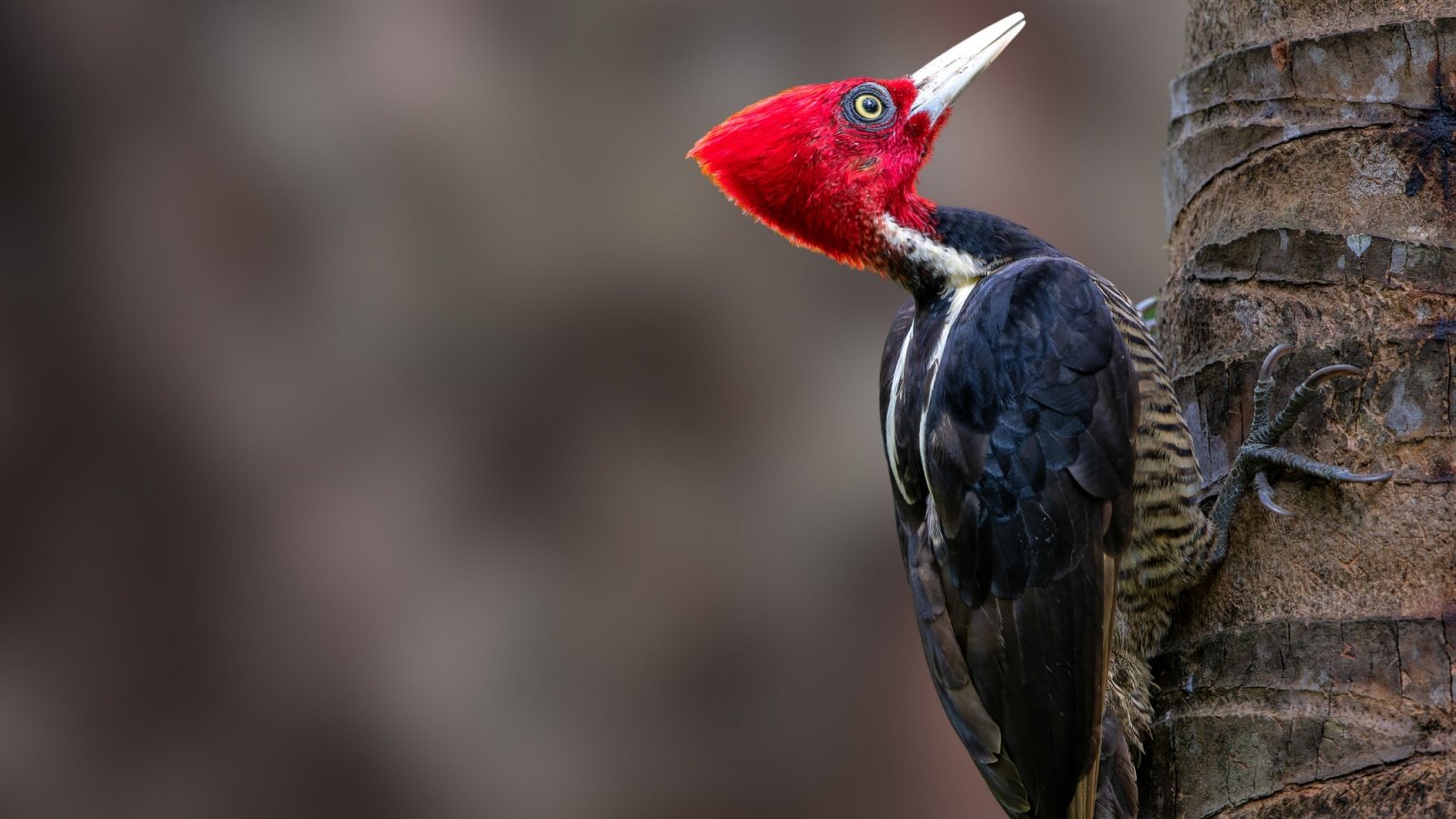
Long thought extinct, the Ivory-Billed Woodpecker’s last confirmed sighting was in the 1940s, but it was officially declared extinct in 2021. Habitat destruction in the southeastern U.S. led to its decline. Despite rumors and alleged sightings, no conclusive evidence has been found to prove its existence.
Liverpool Pigeon
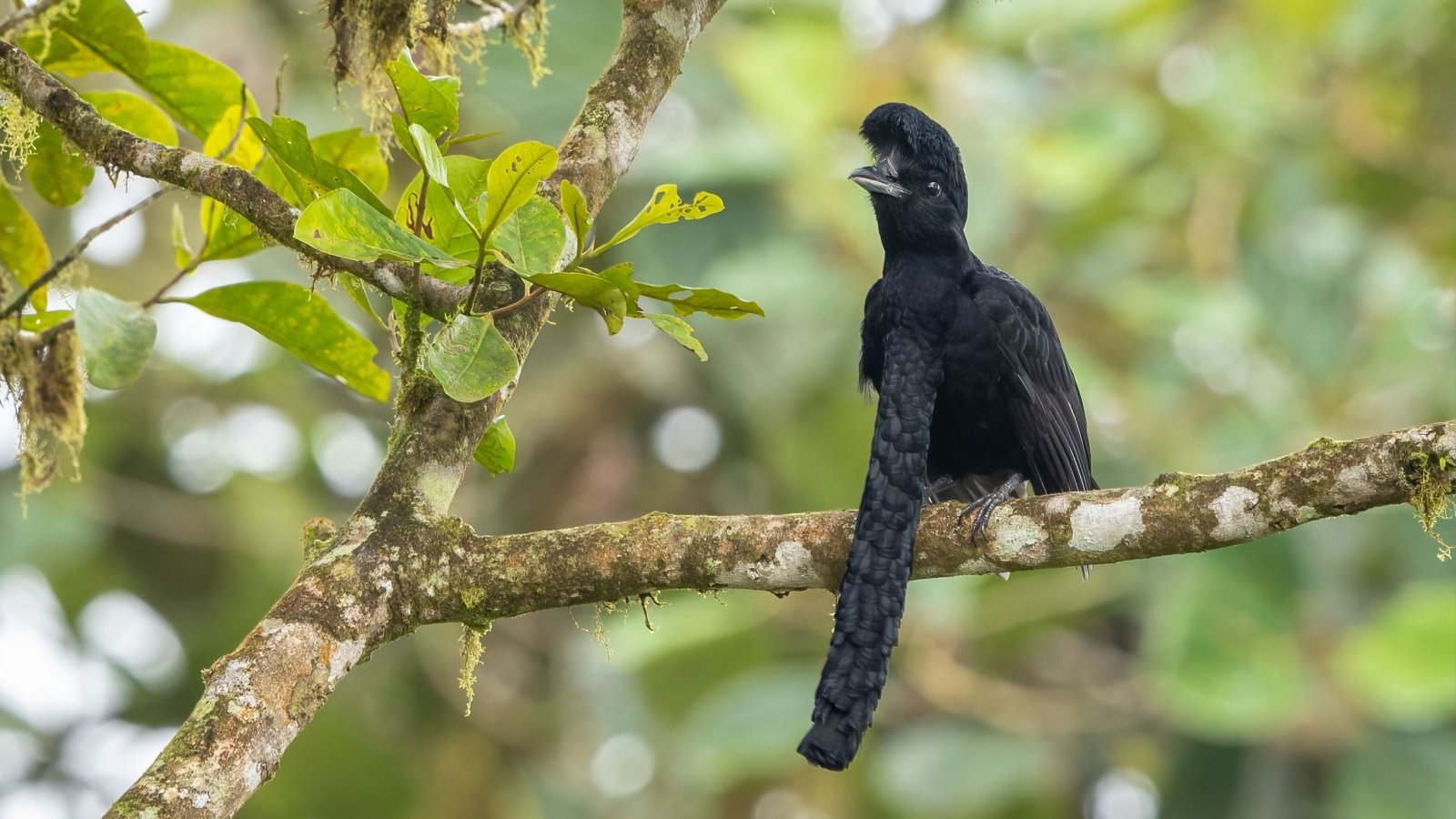
The Liverpool Pigeon, also known as the Spotted Green Pigeon, was declared extinct in the 19th century but officially recognized in 2008. DNA analysis confirmed its close relation to the Nicobar pigeon. Native to French Polynesia, habitat loss and introduced predators were the primary causes.
Bramble Cay Melomys

The Bramble Cay Melomys, a small rodent native to an island in the Great Barrier Reef, was declared extinct in 2016. Rising sea levels due to climate change inundated its habitat. This extinction marks the first mammal species lost directly due to climate change impacts.
Yangtze Giant Softshell Turtle
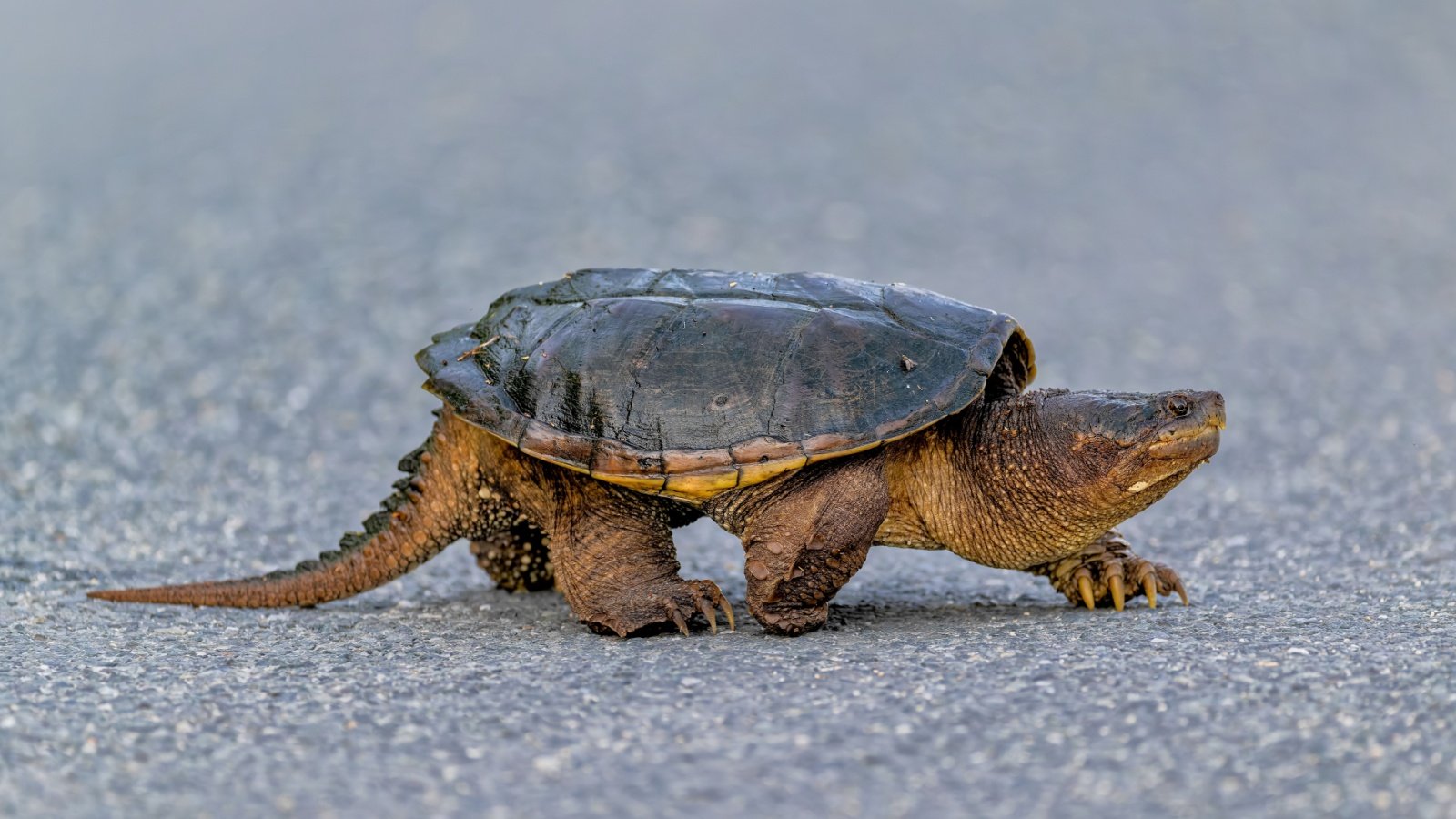
One of the largest freshwater turtles, the Yangtze Giant Softshell Turtle, saw a dramatic decline due to habitat degradation and poaching. With only three known individuals left in the wild, it was declared functionally extinct in 2019. Conservationists are working tirelessly to save the remaining turtles.
Western Swamp Tortoise

Native to Australia, the Western Swamp Tortoise faced severe habitat loss and predation. It was declared functionally extinct in the wild in the 1980s. Captive breeding programs have been successful, but the species remains critically endangered.



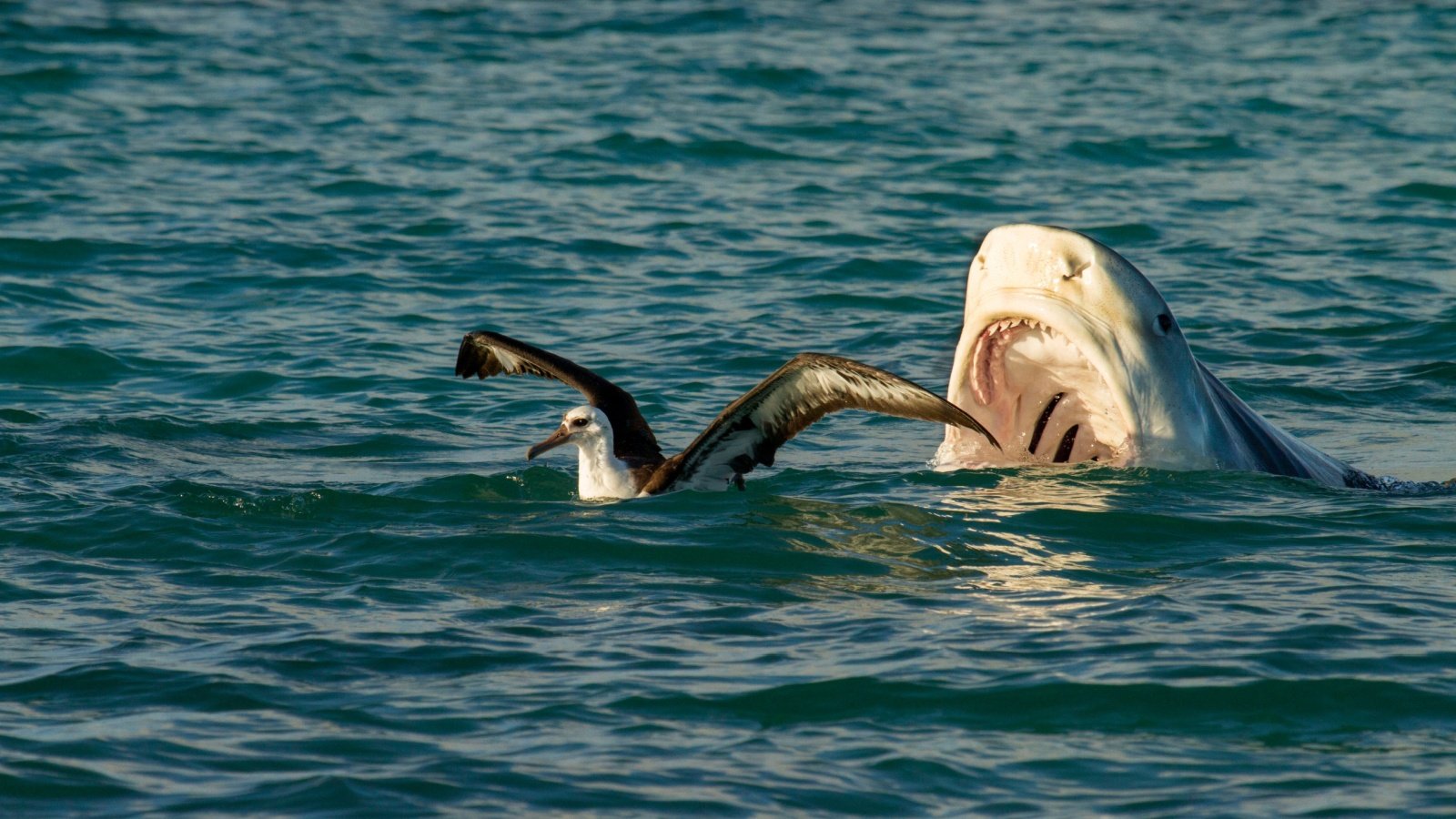





Das „Panoramic“-Restaurant beeindruckt mit
einem atemberaubenden Blick auf das Meer und einem täglich wechselnden Themenbuffet.
Im Pestana Casino Park stehen Ihnen 4 exklusive Restaurants und
Bars zur Verfügung, die einzigartige Geschmackserlebnisse mit hervorragendem Service verbinden. Die Außenbereiche mit Gärten und einem fotogenen Swimmingpool eignen sich hervorragend für Hochzeiten, Taufen, Partys und Einweihungen. Der Nachtclub Copacabana kann auch für exklusive Partys privatisiert werden. Es
bestehen zahlreiche Auswahl- und Variationsmöglichkeiten für
Ihren Bankettsaal, aber Sie können sich sicher sein, dass niemand Ihre Veranstaltung je
vergessen wird, wenn sie hier stattfindet. Dank fotogenem Pool
und einzigartigen Bereichen im Freien ist es möglich, die Rasenflächen und privaten Gärten für
Feiern und Cocktail-Empfänge zu nutzen.
Im Tal Curral das Freiras zeigt sich das Landesinnere von Madeira mit seinen atemberaubenden Ausblicken auf die umliegenden Wälder von seiner schönsten Seite.Dieses Hotel befindet
sich nur fünf Minuten zu Fuß vom Zentrum Funchals entfernt.
Lassen Sie sich in den vier Restaurants und Bars mit Panoramablick verwöhnen,
spielen Sie eine Partie auf dem Tennisplatz oder nutzen Sie den direkten Zugang zum Casino da Madeira,
inklusive Spielzimmer, Shows und Diskothek. Es befindet sich direkt am Kreuzfahrthafen in der Bucht von Funchal, nur fünf Minuten zu Fuß vom
Stadtzentrum und dem Mittelpunkt des gesellschaftlichen und kulturellen Lebens entfernt.Mit seiner Lage
direkt am Meer ist das Hotel eines der beliebtesten der Insel
Madeira. Aus Gründen der Nachhaltigkeit wird das Wasser
des Innenpools nur auf 26 ºC erwärmt. Dieses klimatisierte Zweibettzimmer verfügt
über einen Flachbild-Kabel-TV, ein eigenes Bad und einen Balkon mit Gartenblick.
Die Tagungs- und Konferenzräume im Pestana Casino Park, die den Gästen des Pestana Casino Studios zur Verfügung stehen, sind ideal für große Veranstaltungen, Konferenzen, Kongresse und
Meetings. Für ein Abendessen mit Live-Shows ist das Bahia Restaurant im Casino die ideale Wahl.
Gäste der Pestana Casino Studios haben vier gastronomische Optionen im Pestana Casino
Park zur Verfügung, alle mit atemberaubenden Ausblicken und einzigartigen Atmosphären. Für einen kompletten Abend besuchen Sie den Nachtclub Copacabana
im Casino, perfekt für einen unterhaltsamen Abend mit Freunden.
References:
https://online-spielhallen.de/ggbet-casino-erfahrungen-ein-umfassender-bericht/
Bayern, Baden-Württemberg und Niedersachsen bieten ebenfalls traditionsreiche
und moderne Spielbanken. In Nordrhein-Westfalen finden sich mit Duisburg und Dortmund zwei der größten und umsatzstärksten Häuser,
darunter das größte Casino Deutschlands. Wer lieber mit Würfeln anstatt Karten spielt,
sollte Craps ausprobieren. Die wichtigsten Casinospiele
stelle ich euch auf dieser Seite noch einmal im Detail vor.
Nachfolgend findest du eine Übersicht über die besten Casinos in München,
in denen Slots mit kleinen bis mittleren Einsätzen gespielt werden können. In der Stadt selbst befinden sich
nämlich über 100 Spielhallen, in denen man die spannenden Automaten von Merkur, Novoline und Bally Wulff mit Echtgeld
zocken kann. Die Spielbank Bad Reichenhall ist in einem modernen Gebäude vor atemberaubender
Kulisse untergebracht und bietet den Münchnern, die bereit sind etwa 90 Minuten Anfahrtsweg
auf sich zu nehmen, ein tolles Glücksspielerlebnis. Hier handelt es sich um eine sehr gemütliche Spielbank, die bayerische Tradition perfekt mit modernem Casinospiel
vereint. Allerdings befinden sich in der Umgebung der Landeshauptstadt gleich mehrere Spielbanken, die Münchner Zocker in kurzer Zeit erreichen können. An Spieltischen mit Blackjack, Roulette und Poker
wird in der Regel immer mit Casinochips gespielt.
References:
https://online-spielhallen.de/pistolo-casino-cashback-ihr-weg-zu-mehr-spielguthaben/